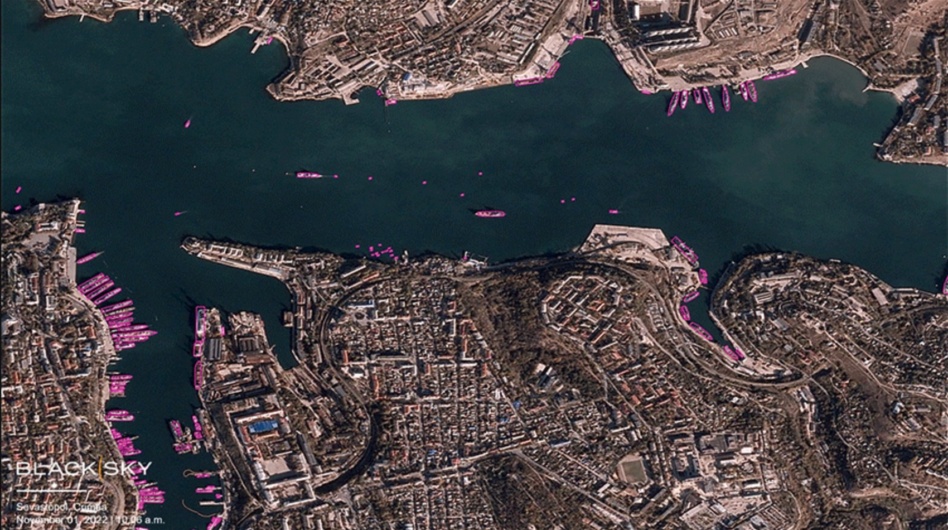The US Navy will pay EO company BlackSky ($BKSY) to study how the company’s next-generation satellites can leverage optical communications terminals (OCTs), the company said yesterday.
The SBIR/STTR funding, from a classified organization, will help the company game out plans to provide intelligence directly to US service members through the Navy’s Project Overmatch and the Pentagon’s Joint All Domain Command and Control (JADC2) architecture. BlackSky is already providing imagery to NGA, NRO, NASA, and other government customers.
The potential ROI is substantial: The company is expecting to achieve a 10x improvement on its current 90-minute or less tasking-to-imagery delivery timeline—which could mean nine minutes between asking for data and receiving it, BlackSky CEO Brian O’Toole told Payload.
Light speed: The Pentagon’s push to get critical info from space to warfighters as efficiently as possible has turned to lasers as the key medium to transmit lots of data quickly. The Space Development Agency is developing a standard for OCTs as it spins up new, proliferated satellite constellations for reconnaissance, targeting, and communications.
One goal of this program is to explore how BlackSky’s constellation could link directly into SDA’s Transport Layer, a network of communications satellites that will use OCTs, O’Toole said.
Third Gen’s the Charm: BlackSky announced plans to raise $40M this week by selling 10M shares of common stock, capital that O’Toole said will fund the development of the company’s Gen3 satellites constellation.
Built by LeoStella, BlackSky’s joint venture with Thales Alenia, the first Gen3 spacecraft is expected to launch on a Rocket Lab Electron rocket this year.
O’Toole expects to start deploying them regularly in 2025 and into 2026, with a goal of deploying at least twelve of the new spacecraft, which will offer 35-cm resolution optical and short-wave infrared data with an hourly revisit rate.




